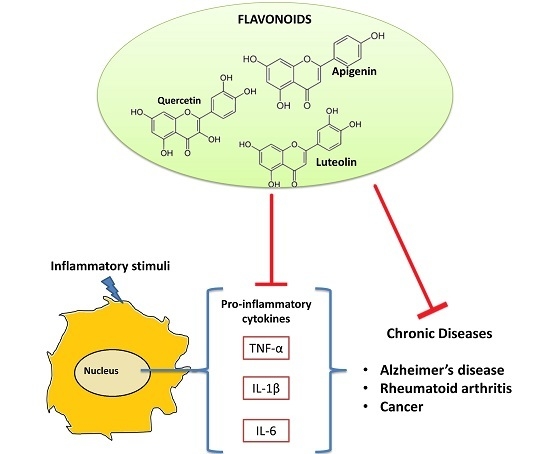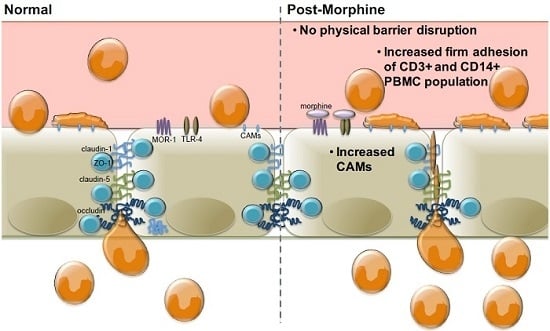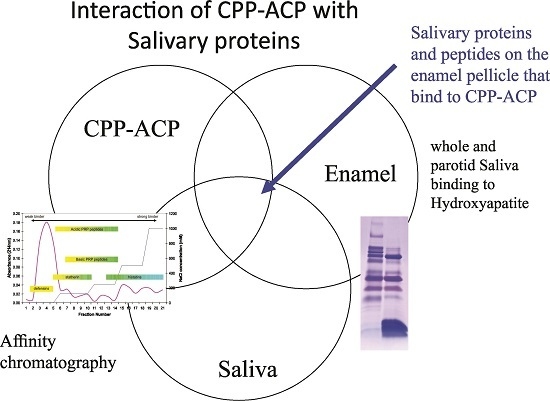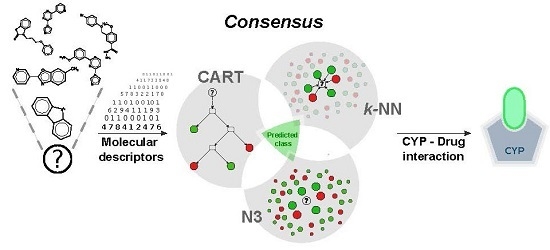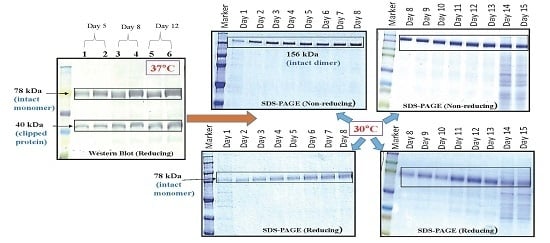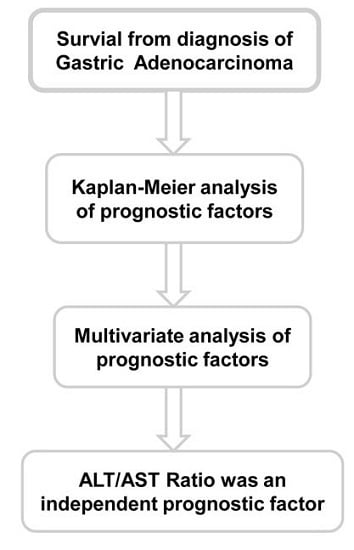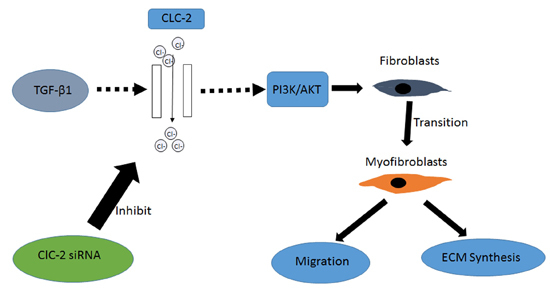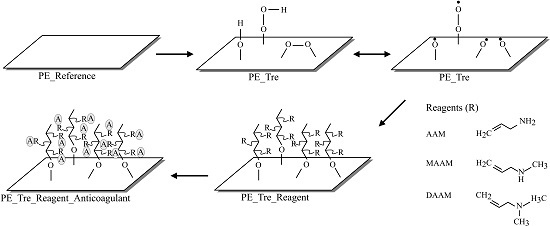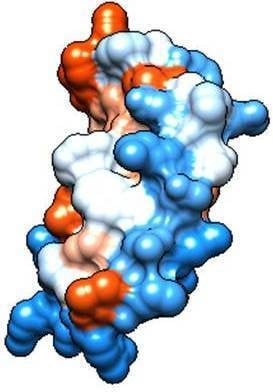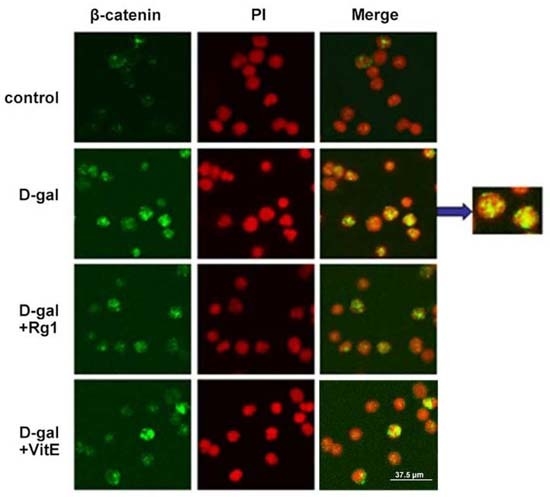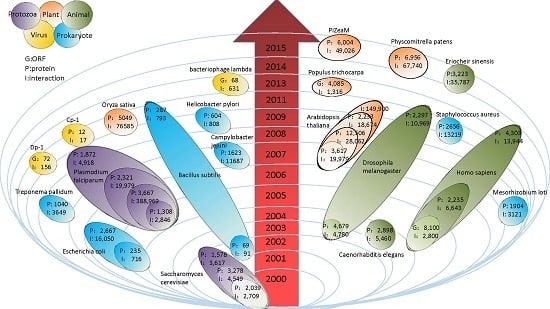Int. J. Mol. Sci. 2016, 17(6), 921; https://doi.org/10.3390/ijms17060921 - 9 Jun 2016
Cited by 288 | Viewed by 16267
Abstract
High levels of cytokines, such as interleukin (IL)-1β, tumor necrosis factor (TNF)-α and IL-6, are associated with chronic diseases like rheumatoid arthritis, asthma, atherosclerosis, Alzheimer’s disease and cancer; therefore cytokine inhibition might be an important target for the treatment of these diseases. Most
[...] Read more.
High levels of cytokines, such as interleukin (IL)-1β, tumor necrosis factor (TNF)-α and IL-6, are associated with chronic diseases like rheumatoid arthritis, asthma, atherosclerosis, Alzheimer’s disease and cancer; therefore cytokine inhibition might be an important target for the treatment of these diseases. Most drugs used to alleviate some inflammation-related symptoms act by inhibiting cyclooxygenases activity or by blocking cytokine receptors. Nevertheless, these drugs have secondary effects when used on a long-term basis. It has been mentioned that flavonoids, namely quercetin, apigenin and luteolin, reduce cytokine expression and secretion. In this regard, flavonoids may have therapeutical potential in the treatment of inflammation-related diseases as cytokine modulators. This review is focused on current research about the effect of flavonoids on cytokine modulation and the description of the way these compounds exert their effect.
Full article
(This article belongs to the Special Issue Advances in Molecular Research of Functional and Nutraceutical Food)
►
Show Figures
